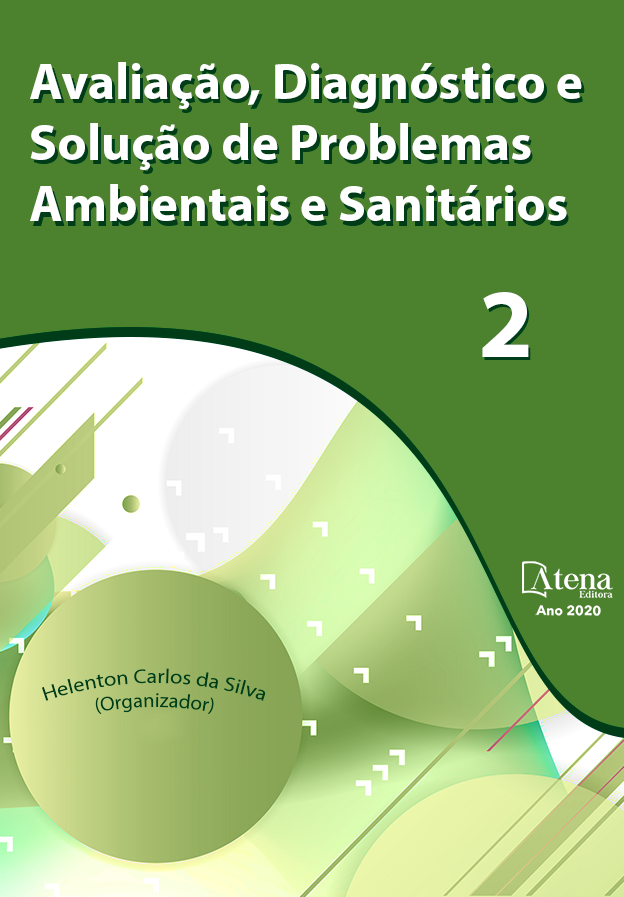
ANÁLISE DA ABSORÇÃO DE ASTAXANTINA EM ARTÊMIAS (Artemia salina)
A Artemia salina é um microcrustáceo marinho que se alimenta de microalgas, e é usado como alimento para diversos tipos de peixes. A produção deste microcrustáceo possui custo financeiro elevado, dessa forma, há uma procura por alternativas para simplificar esse cultivo. A astaxantina é um carotenoide extraído de microalgas, utilizado como suplemento alimentar, possui poderosas propriedades nutricionais, além de ser utilizada como pigmento natural. Há um crescente interesse comercial na produção de astaxantina devido suas características. Neste estudo observou-se a incorporação da coloração de astaxantina na biomassa de A. salina. As artêmias tinham 96 horas de eclosão, e foram divididos em 3 grupos: o primeiro recebia somente astaxantina como alimento, na concentração de 60mg/ℓ. O segundo recebia 5mℓ de solução de microalgas como alimento e mais a astaxantina. O terceiro grupo foi o controle, recebendo apenas a microalga. Os grupos foram divididos em béqueres com água do mar tratada. Foram 20 animais por béquer e o ensaio foi realizado em triplicata, totalizando 180 artêmias. Foi ainda realizado um teste comparativo usando artêmias com um mês de eclosão, em apenas um béquer, com 20 indivíduos, recebendo a mesma quantidade de alimento e astaxantina. O experimento durou 28 dias, sendo que o alimento era fornecido novamente a cada 7 dias. Nenhum dos grupos alimentados com astaxantina sobreviveram para visualização da coloração, com exceção do grupo teste, o qual observou-se efeito na pigmentação do trato digestivo do animal, este apresentou mortalidade próxima a zero. Acredita-se que os animais incorporem a astaxantina em sua biomassa com maior tempo em exposição e que o estágio de desenvolvimento das artêmias pode estar relacionado com a absorção da pigmentação.
ANÁLISE DA ABSORÇÃO DE ASTAXANTINA EM ARTÊMIAS (Artemia salina)
-
DOI: 10.22533/at.ed.2862025082
-
Palavras-chave: Carotenoide, pigmentação, antioxidante, nutrição
-
Keywords: Carotenoid, pigmentation, antioxidant, nutrition
-
Abstract:
Artemia salina is a marine microcrustacean that feeds on microalgae and is consumed as food for several species of fish. The production of this microcrustacean has a high financial cost, and researchers are looking for alternatives to simplify this cultivation. Astaxanthin is a carotenoid extracted from microalgae, commonly used as a food supplement, with powerful nutritional properties, and it is also known for its natural pigment. There is a growing commercial interest in the production of astaxanthin due to its characteristics. In this study, it was possible to observe the incorporation of the coloration from astaxanthin in the biomass of A. salina. The artemias had 96 hours of hatching and were divided into 3 groups: the first received only astaxanthin as food, at the concentration of 60mg/ℓ. The second was given 5mℓ of microalgae solution as food plus astaxanthin. And the third group was established as the control group, receiving only microalgae. Tests were performed in triplicate, with each group containing 20 animals per trial and they were put into separate laboratory beakers with treated sea water, totalizing 180 brine shrimps. A comparative test was also carried out using artemias with a hatching period of a month, in one beaker, with 20 organisms, all receiving the same amount of food and astaxanthin. The experiment lasted 28 days, and the food was given every 7 days. None of the groups fed with astaxanthin survived for the analyzes of staining responses, with exception of the test group, in which the effect of pigmentation was observed in the animal's digestive tract, with deaths were close to zero. It is believed that these animals incorporate astaxanthin in their biomass with a longer exposure of time, as well as the stage of development of organisms may be related to the absorption of pigmentation.
-
Número de páginas: 10
- Samanta Cristina de Souza dos Santos
- Camila Eccel
- Gustavo Ribeiro.


